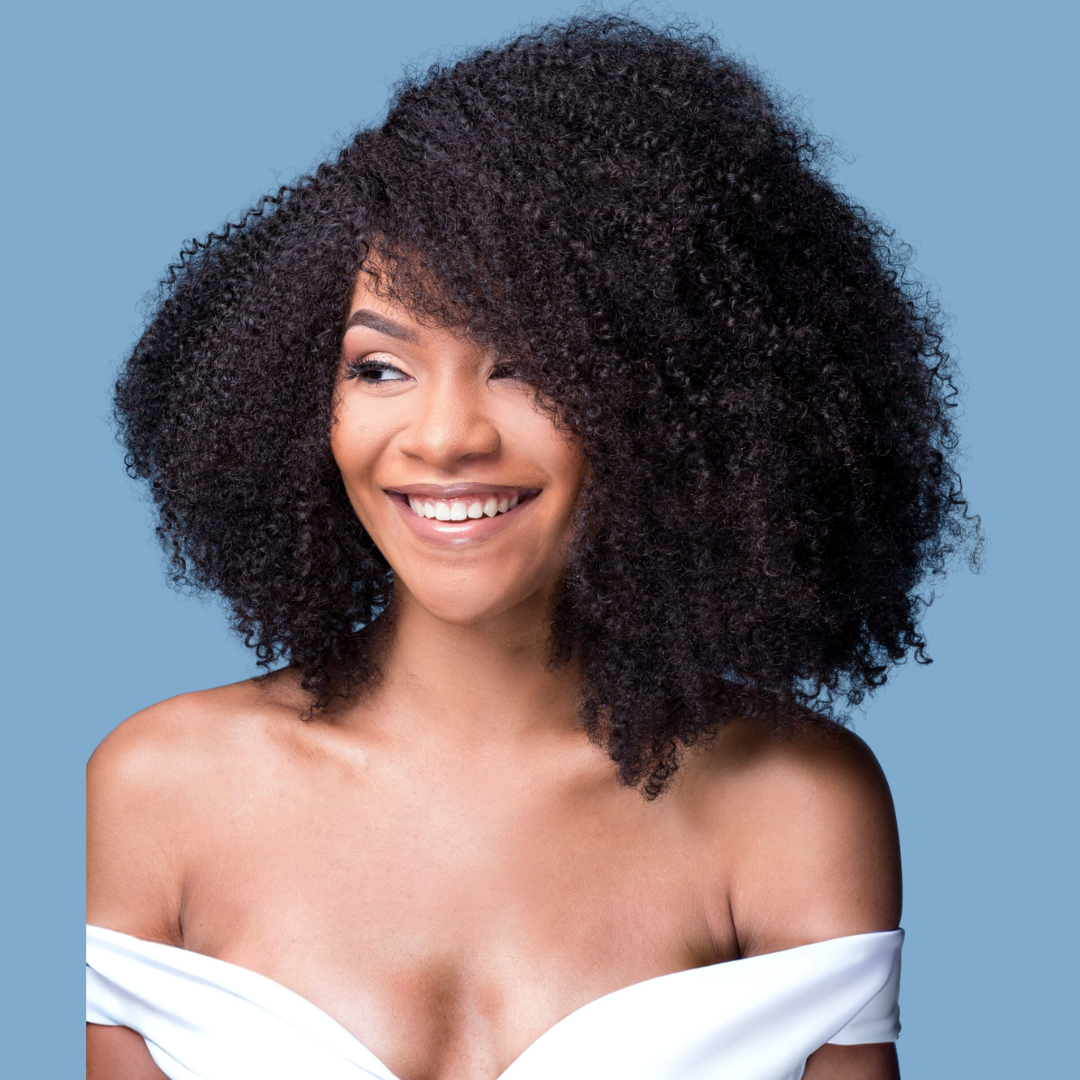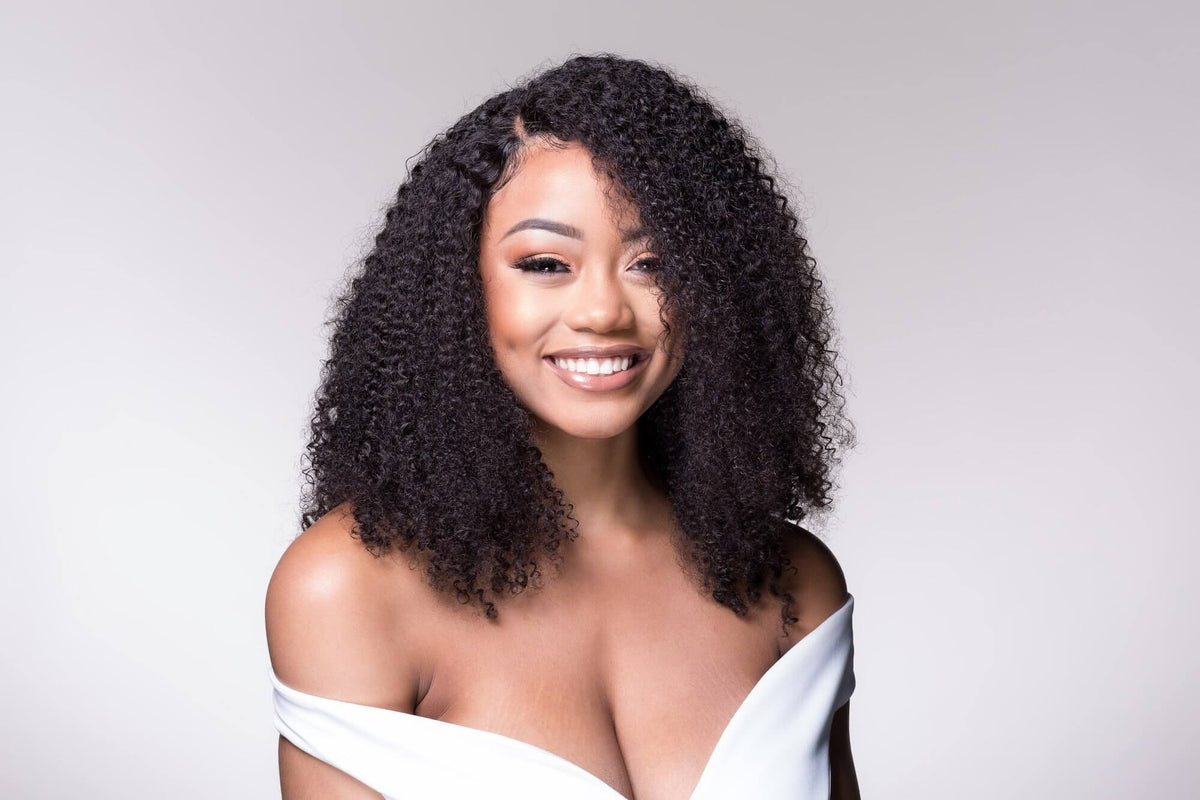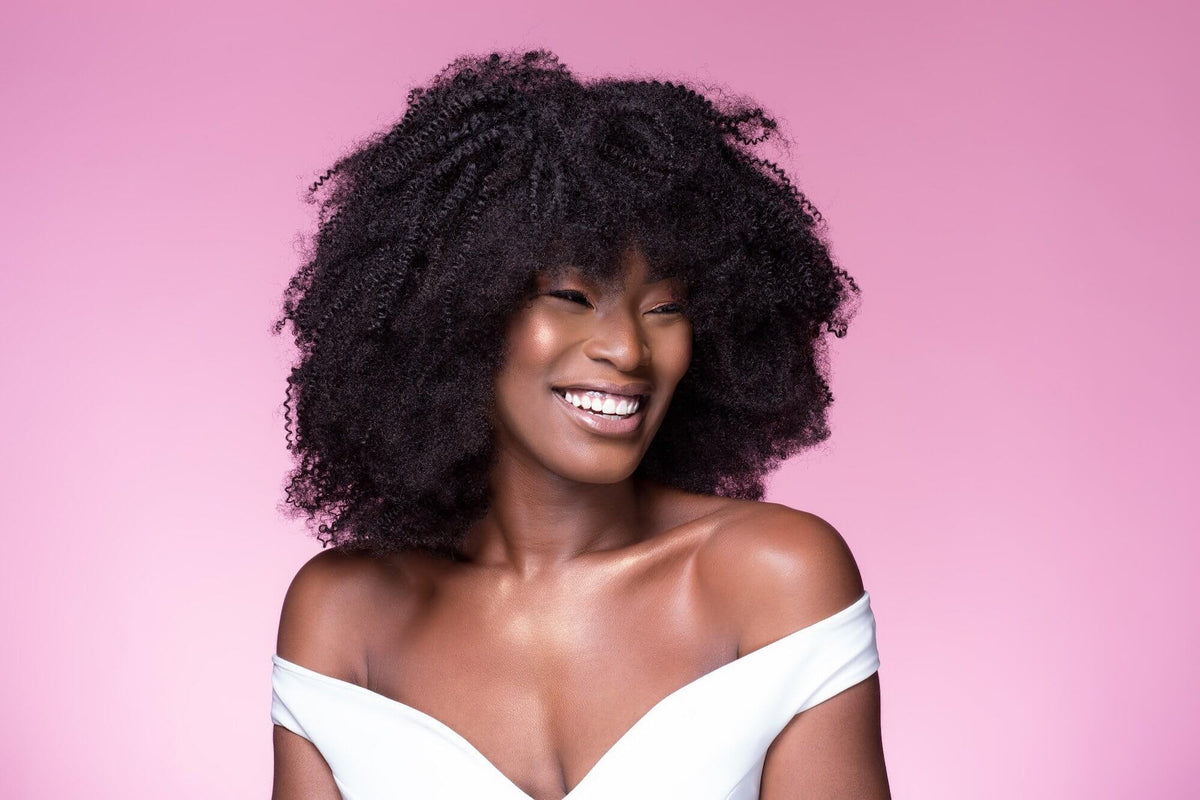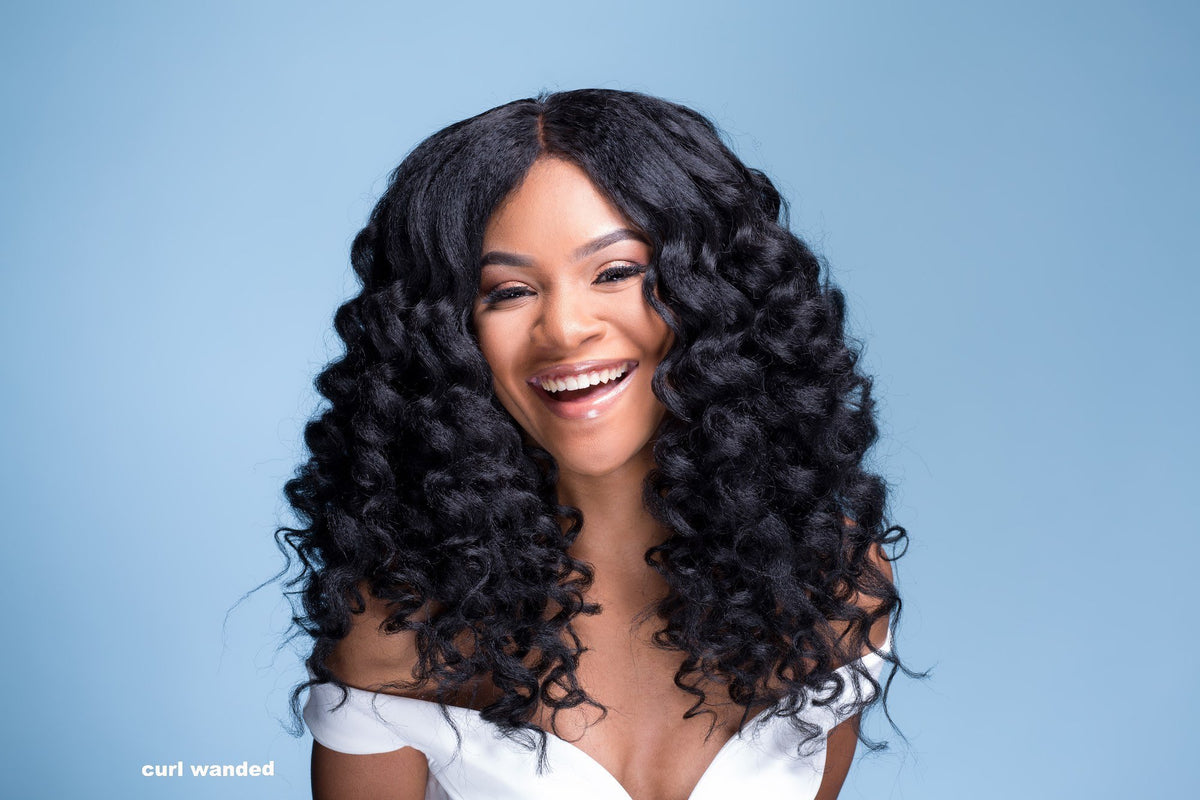
5 min read
Your hair type is identified by a number of characteristics such as your curl pattern and thickness. You can have one hair type or a mixture. In many cases your hair type changes and evolves as you grow older. Knowing and understanding the pattern of your curls is important when it comes to styling and caring for natural hair styles.
Did you know that you can identify your hair type by paying attention to your hair follicles? If your follicle resembles an oval, your hair is most likely wavy. If your follicles are round your hair is likely to be more straight.
How to Identify Your Hair Type
If you are trying to determine your most prominent hair type, we are here to help. Keep in mind that many women have a blended hair type of coily, curly and wavy hair strands. The best time to distinguish your curl pattern is when your hair is wet. Here is a snapshot of the hair types we know of:
- Type 1 – Straight hair, no natural curls
- Type 2 – Wavy hair, no complete curl only "bumps" or "waves"
- Type 3 – Curly hair, curls resemble the letter "s"
- Type 4 – Kinky hair, curls resemble the letter "z"
Each hair type can be broken down into 3 types within the group. For the sake of saving time, we will cover hair types 3 and 4, the most common natural hair styles in Black and African American women.
The 3 types of hair in each group is identified as A, B, and C. A hair types have relaxed curls. B hair types feature curls that are tighter. C hair types offer curls that are less defined. Let's take a look at each hair type to learn more about the best ways to maintain and care for your kinky, curly crown.
Hair Type 3 - Curly Hair
Hair type 3 is typically wavy and resembles the letter "S". As with all curly hair, this hair type is difficult to keep hydrated and moisturized because your scalp's natural oils take longer to travel down the hair's shaft do to the curl patter. The most fragile points of this hair type is within the bend. Over manipulation and styling can cause unnecessary breakage as well.
Type 3A
Type 3A hair is easily affected by the elements and prefers moist and wet conditions. It thrives when wet and is easier to manage. You'll need to focus a lot of attention on minimizing frizz that is often associated with dryness and a lack of moisture. Add a frizz control moisturizer for best results. This hair type prefers lighter oil instead of heavier oils such as shea butter. Use only water based creams without alcohol.
Type 3B
Type 3B hair features coarse and springy curls. It is known for shrinkage because the curls are so tight and defined. It is usually very dry and thus regular moisture and maintenance is essential when looking to wear longer natural hair styles. Incorporate hair products that do not have any parabens or sulfate in them to achieve more moisturized tresses. You'll also want to find a go-to gel that doubles as a hydration and setting product to keep your curls as defined as possible.
Type 3C
Type 3C curls are your most textured and full curls in the Type 3 hair type category. The strands are densely packed together and thus this hair type is known for volume and fullness. Frizz is also a characteristic of this hair type but is more manageable with proper moisturizing and leave-in conditioners. It is highly recommended that you use a sulfate-free shampoo to wash to keep this hair hydrated and consider co-washing instead of regular shampooing.
Hair Type 4 - Coily
Type 4 hair does not feature defined ringlets and curl patterns. It usually boasts zig zag patters and extreme density. If your hair type is 4 your hair defies gravity and requires care and maintenance to preserve length and avoid breakage. This hair always keeps it shape whether wet or dry but requires daily moisturizing because the scalps natural oils don't travel down the shaft.
Type 4A
Type 4A hair is thick and springy. The curl in the hair pattern is sharp and resembles the perimeter of a needle head. To make this hair type shine you'll need to include a lot of leave-in conditioners and employ the LOC method at least twice a week or more. When styling this hair, keep a water bottle close and spray regularly to avoid breakage.
Type 4B
Type 4B hair features curls that twist into a sharp pattern and resemble the letter Z. Water and styling creams is a an excellent way to keep this hair hydrated and moisturized. Co-washing this hair regularly is important. Consider styling your hair just after washing to tame your crown for easier manageability. You'll also want to work with this hair type in small sections. Avoid trying to style your whole head and break it into sections for the best results.
Type 4C
Type 4C hair boasts a zig zag and random pattern and typically shows no defined curls without styling. This hair is both wiry and coarse and thus requires more regular moisture to achieve most styles. If you want to show off length with a 4C hair type keep in mind that shrinkage is often a characteristic of this hair and thus stretching your hair will be one of the most important ways to achieve many natural hair styles. Leave-in conditioners and heavier creams and butters are recommended regularly.
Get Started
Working with the natural curl patterns of hair types 3 and 4 can be overwhelming. However, with a bit of practice and planning you can tame your curls into beautiful styles. If you need more length or want to add color, consider natural hair clips and if you need a break from your crown always remember that natural hair wigs are excellent options.



